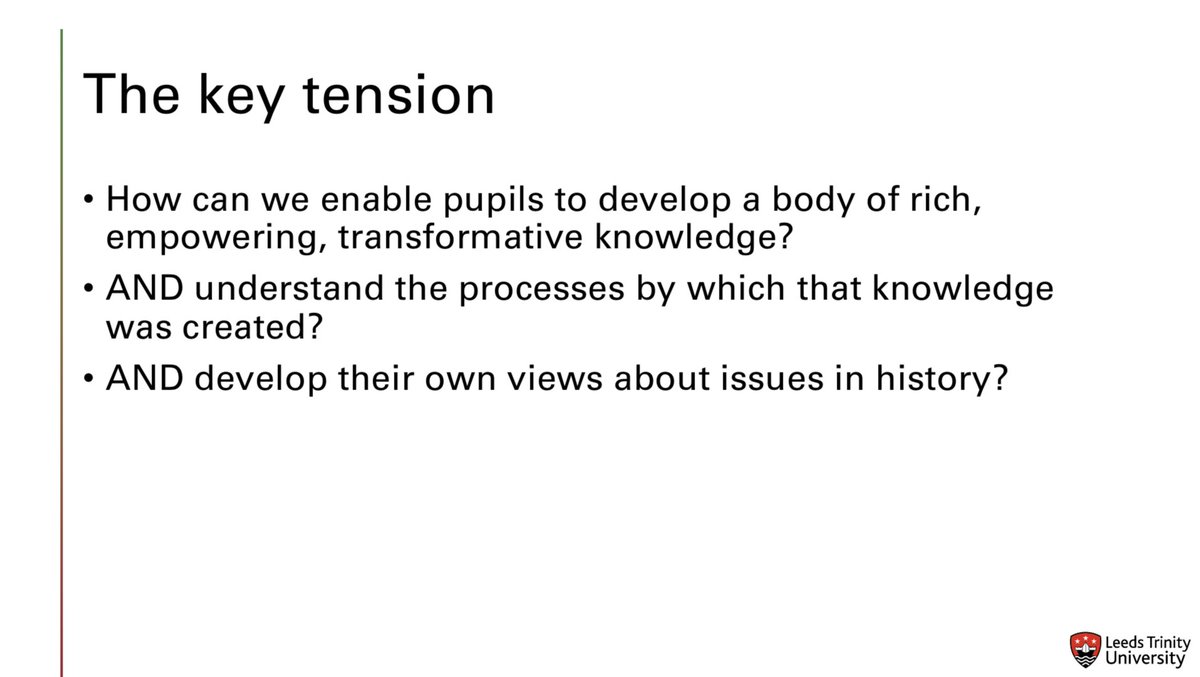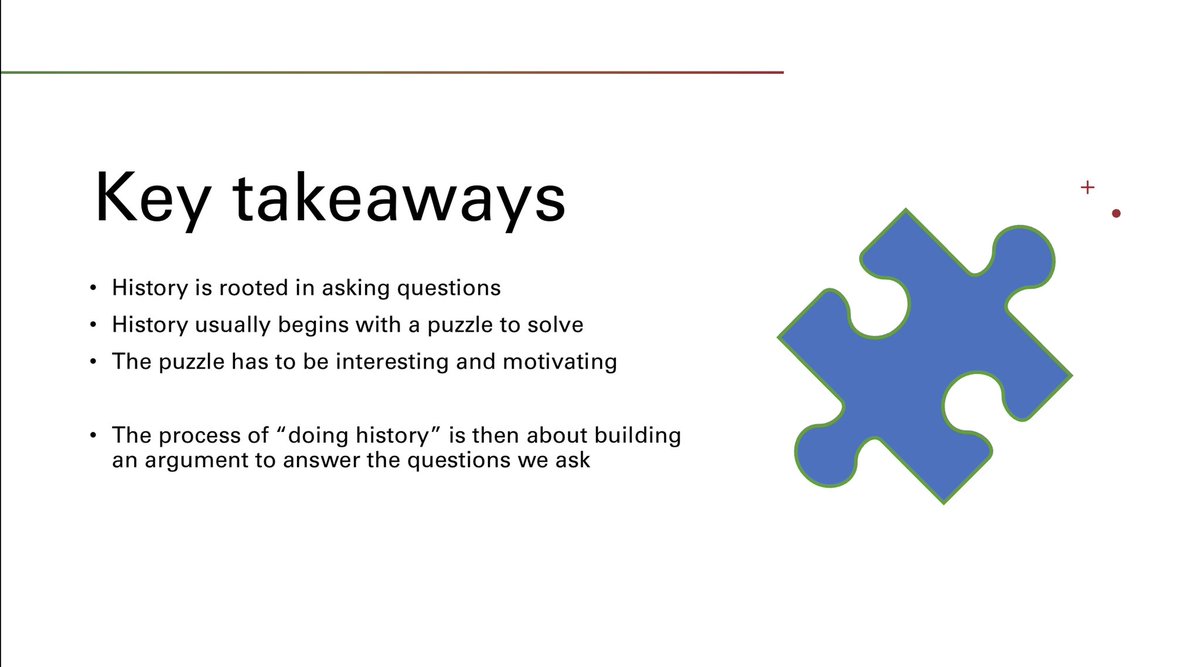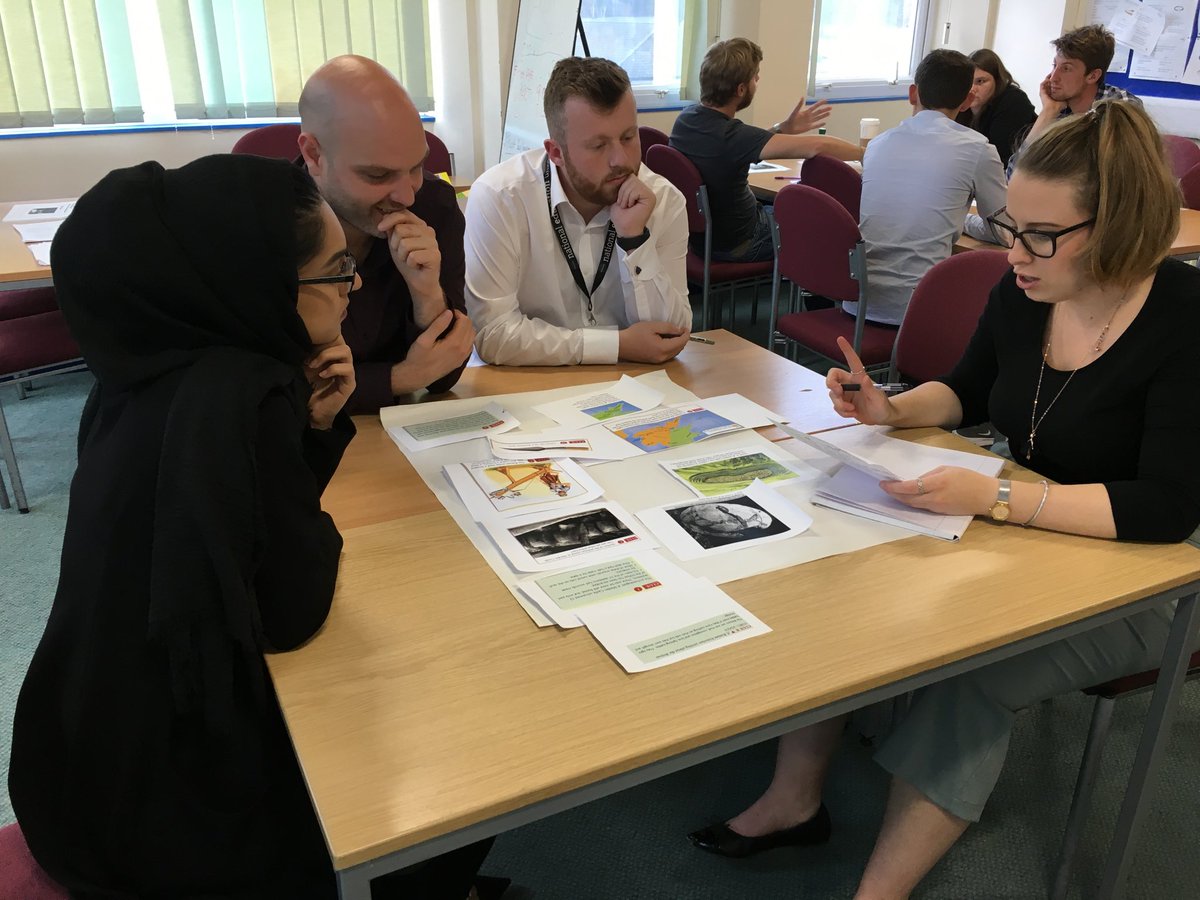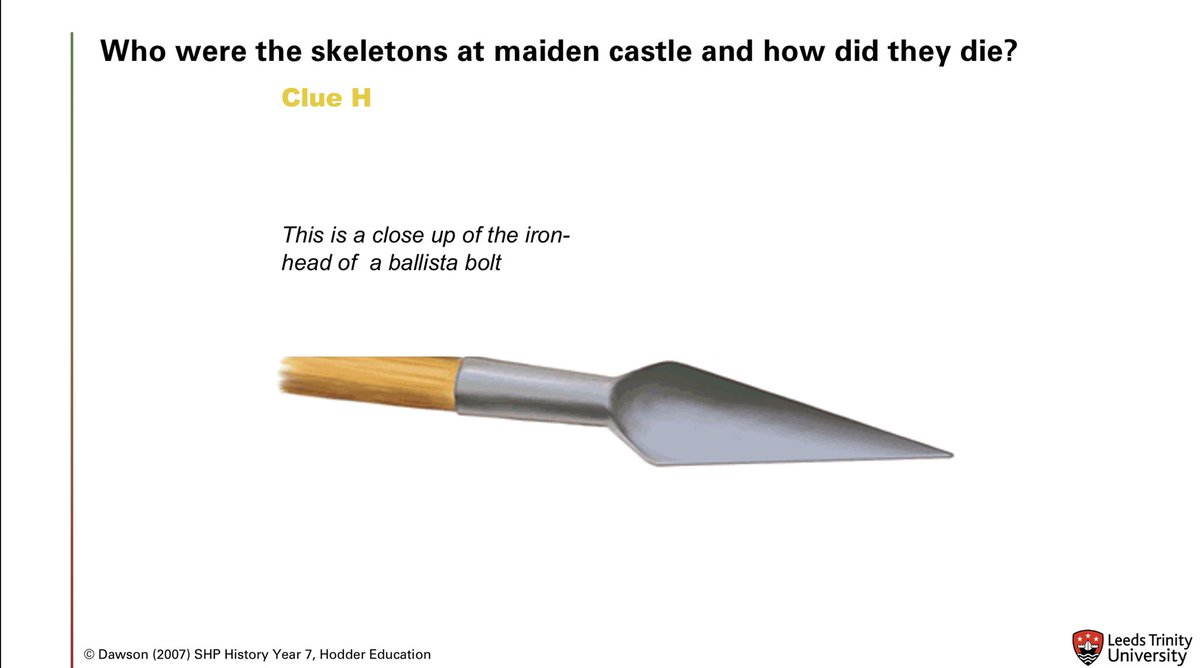NEW: Welcome to part 3 of “Things I wish every new #historyteacher knew”. Today I want to explore what all new history teachers would benefit from knowing about the way history works and how we can open this up for young people. As ever I am drawing on @1972SHP Principles 🧵🪡
Before we begin, a little exercise. If you drew a diagram to show how historical interrogations are created, what would it look like? This is a task I get trainee teachers to do every year. If we want to explain our discipline we need to have a sense of how it works.
This is not just a “nice to know”. The National Curriculum actually demands that we introduce young people to the content of history as well as the concepts which underpin it and how it operates. Fulfilling our basic duties as history teachers requires engagement here. 

I wonder what your diagram looked like? If it is anything like the ones my trainees tend to produce it was probably very complex with lots of arrows going all over the place.
This highlights an issue. History IS complex. It is content AND ways of knowing. Factual AND moral.
This highlights an issue. History IS complex. It is content AND ways of knowing. Factual AND moral.
History cannot be reduced to a list of dates, events, or other content. Nor does history exist purely as an intellectual pursuit divorced from its subject of study - what Mark Bloch would define as, in my paraphrase, “people in time”. As teachers we have to hold both together. 

At this point we should talk about acceptable simplification. How can we explore what history is in an intellectually valid way which is accessible to young people who have only just started realising the past is a thing?!
Enter @Hallam_VC ‘s amazing “What is History Teaching”
Enter @Hallam_VC ‘s amazing “What is History Teaching”

This is my own take on Husbands’ model of history. It is far from perfect but it offers a useful launching point to thinking about how the discipline of history works and what might need to be communicated to young people in line with @1972SHP ‘s second core principle 



What I love about Husbands’ take is the quote about history being an active dialogue between past and present. This is also an echo of SHP’s 1976 document, “A New Look at History” which refers to the “act of resurrection”. Here I add two more aspects to the diag to reflect this 



I should say at this point that we also put a pin in the fact that there are of course many debates over how history could and should function as a discipline. These are things we will revisit later - especially in terms of what counts as history and how relics are archived.
“A New Look at History” makes another claim which is foundational to enabling young people to understand history - that in order to afire of the subject we need specific pedagogical strategies which, in a Brunerian sense, involve students in the processes. 

To put that another way, no amount of test and recall on the diagram we just saw will be enough to enable students to grasp the nature of history, for @1972SHP they need to experience the process for themselves. The best way to do this, is to launch into a focused enquiry
There are lots of great enquiries you can begin Year 7 with. One I love is @BearWithOneEar ‘s “skeletons at Maiden Castle” from a @HodderHistory @1972SHP textbook.
Students’ interest is grabbed by the discovery of 52 skeletons. Like historians, they begin by asking questions.

Students’ interest is grabbed by the discovery of 52 skeletons. Like historians, they begin by asking questions.


Then they explore some relics in an attempt to address 2 core questions: who were the skeletons and how did they die? Here you see some trainees engaging in this and turning the provided “clues” into evidence for the enquiry, focusing on connections and possibilities. 







As students begin to form their ideas a key role of the teacher is to challenge their level of certainty. Students are asked to be careful and tentative in their conclusions, maybe even bringing in model verbs “could, might” in the manner @Ramble14 discussed in her recent blog. 

At this point bringing in an overly confident hypothesis (their own or pre-made) can be a great tool for encouraging students to critique language choices and focus on certainty. This then leads into students writing their own hypotheses using language of certainty carefully. 

The next step involves students coming up and placing themselves along a classroom wall according to how confident they are in their hypotheses. Other students then challenge or praise them on their use of evidence / language - emphasising the dialogic nature of history. 

Students are then asked what they might like to strengthen their certainty. This leads us to the idea that good historians keep coming back to their sources and seek new insights. We add in some more sources and the process continues.
During this stage it is also possible to allow students to begin to explore possible answers to some of the other questions they asked at the beginning and even to suggest new sources they might like access to.
Because the enquiry has been designed so well there are some lovely “eureka” moments when pupils spots connections between the clues, but there are also clues which raise more questions too. Students are never really able to reach a definite conclusion. 



This last point is key because it emphasises that idea that history is a search for truth but one which might lead in multiple directions and never reach an end - it is that active dialogue that remains important. This is fundamental to seeing history as a living subject.
The final conclusions are therefore still tentative. Students are encouraged to comment again on the use of evidence and language of their peers. They are rewarded for engaging in the process of building meaning but within the valid limits of the evidence 

Finally students are asked to review the process by which they arrived at their conclusions. This is important as it reinforces all those ideas about how the discipline works. It also provides a touchstone for future work where students can think back to this activity. 

In the space of an hour or 90 mins students come to understand the processes which drive the discipline of history in a controlled, focused, historically valid, and crucially interesting way in which their voices and are valued in line with disciplinary rules. 

And there are myriad ways to approach this kind of controlled enquiry. @Justice2History ‘s brilliant enquiry which opens with the churches of Lalibela is just as powerful and hits a number of other important concepts about who is part of historical study - see @histassoc TH181. 





So to the takeaways:
1) Students can and should understand how history works
2) Teachers we need to have a valid skeleton model of how history works to enable this
3) Students will learn how history work best through active engagement in carefully planned enquiries.
1) Students can and should understand how history works
2) Teachers we need to have a valid skeleton model of how history works to enable this
3) Students will learn how history work best through active engagement in carefully planned enquiries.
If you enjoyed this thread or found it helpful you should definitely check out @BearWithOneEar ‘s website: thinkinghistory.co.uk which has activities and articles far more detailed and eloquent than I’ve explained here!
• • •
Missing some Tweet in this thread? You can try to
force a refresh















